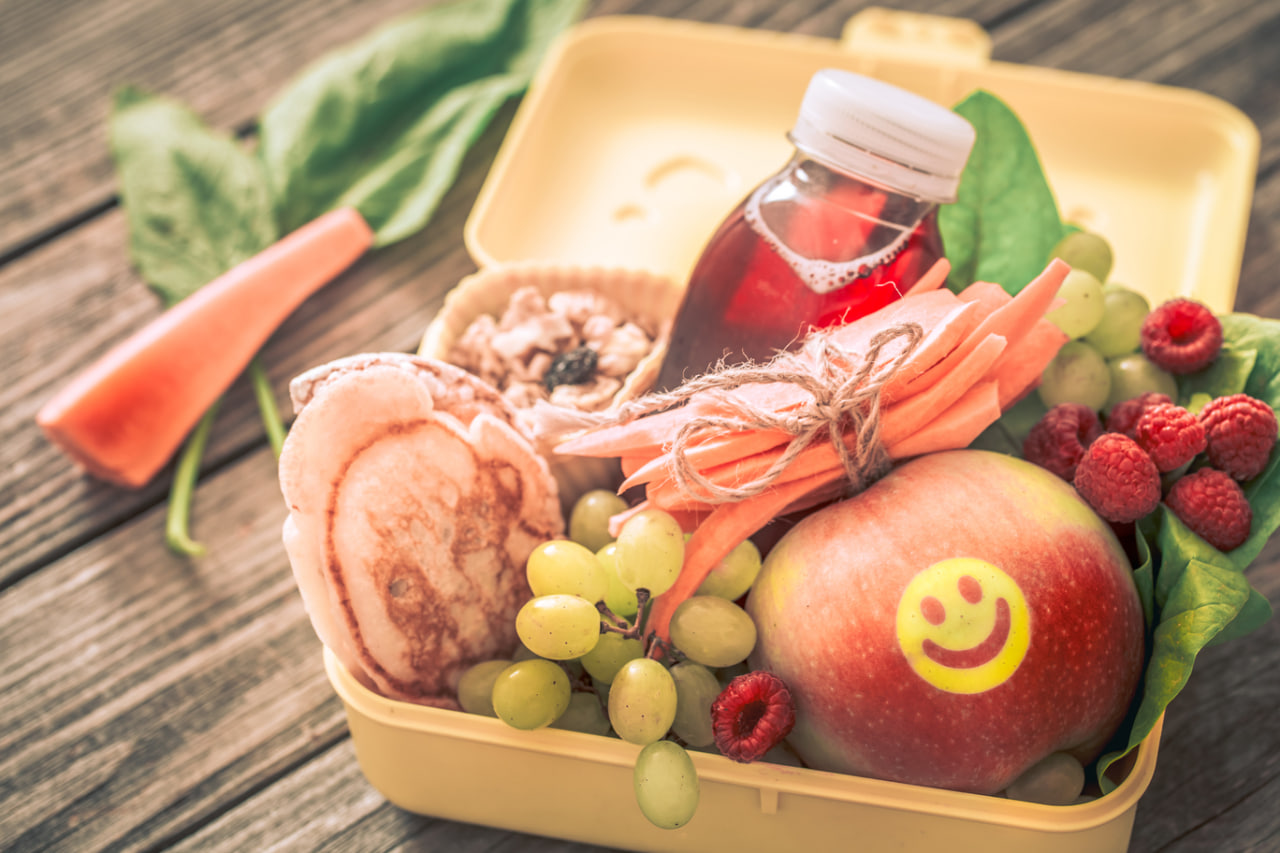Packing a school lunch for a child with food allergies can feel overwhelming — especially when you’re trying to balance safety, nutrition, and something your child will actually enjoy eating. Common allergens like peanuts, tree nuts, dairy, eggs, wheat, and soy are often found in typical lunchbox staples, making it tricky to assemble meals that are both allergen-free and satisfying.
The good news? With a little creativity and a few reliable swaps, you can build allergy-friendly lunches that don’t sacrifice taste, variety, or fun. Whether your child has food allergies or you’re following school-wide allergy-safe policies, these lunch ideas will help you rethink what’s possible — without relying on bland or boring options.
Understanding the Core Challenge
Most lunchbox items rely on common allergens as convenient sources of protein, texture, and flavor. Peanut butter sandwiches, cheese sticks, and granola bars are standard in many homes, but off-limits for many families managing allergies. The key is identifying substitutions that offer similar nutritional value and sensory appeal — creamy for creamy, crunchy for crunchy, savory for savory.
Let’s take a closer look at the most common allergens and smart, tasty alternatives.
Nut-Free but Still Creamy and Rich
Peanut butter is one of the most missed lunchbox items in nut-free households or schools. But there are many safe alternatives that offer the same creamy texture and satisfying flavor. Sunflower seed butter is one of the best swaps — it’s nut-free, school-safe, and has a similar nutritional profile. Soy butter and pumpkin seed butter are also great options, depending on your child’s specific needs.
These spreads work beautifully in sandwiches, dips, or energy balls. Pair them with apple slices, pretzels, or whole grain crackers for a satisfying snack or protein-rich main.
Dairy-Free but Still Delicious
Cheese, yogurt, and milk-based dressings are easy go-tos for many lunchbox meals. If dairy is off the table, try plant-based alternatives that still deliver taste and nutrition. Coconut yogurt or oat yogurt provides a creamy side that’s fun to pair with granola or fruit. Non-dairy cheese slices made from cashews, soy, or coconut oil can be tucked into wraps or used in sandwiches.
For dips, hummus, guacamole, or tahini-based dressings offer creamy textures and bold flavors without dairy. They also provide healthy fats and proteins.
Gluten-Free but Still Filling
Bread is a lunchbox staple, but if your child is gluten-free, finding good substitutes matters. Luckily, the gluten-free market has expanded. Look for gluten-free wraps, brown rice cakes, or whole grain gluten-free bread. Quinoa or rice-based pasta salads also make a great main meal that travels well and tastes good cold.
If you’re assembling a lunchbox that doesn’t rely on bread at all, focus on finger foods like rolled deli meat (if tolerated), veggie sticks, roasted chickpeas, or bento-style lunches with small compartments of different foods.
Egg-Free and Still Packed with Protein
Eggs are another common allergy that can sneak into baked goods, mayonnaise, and more. For protein, consider beans, lentils, or tofu cubes. A small container of chickpea salad or lentil patties makes a hearty main item. Homemade muffins or pancakes made with egg replacers (like mashed banana, chia seeds, or commercial egg-free mixes) are also great to have on hand.
Check labels on baked goods and condiments, and when in doubt, make your own versions in batches to freeze for later use.
Soy-Free and Still Flavorful
Soy can be hidden in many processed items, including sauces, bread, and snack bars. Avoiding soy doesn’t mean meals have to be bland. Focus on whole foods — roasted vegetables, fresh fruit, meats, and grains that are naturally soy-free. Swap soy sauce for coconut aminos when making rice or noodle dishes. Hummus and olive tapenade are soy-free dips that add flavor and texture.
Creating Variety Without Risk
The best allergy-friendly lunches are the ones that look and feel like meals all kids would enjoy — even those without allergies. That sense of normalcy and inclusion is powerful for kids. Think outside the sandwich: DIY taco bowls, sushi-style rolls made with rice and veggies, or pasta salads with roasted vegetables are all great options.
Use silicone muffin cups or lunchbox dividers to keep items separate and colorful. Presentation goes a long way in getting kids excited to eat.
Planning Ahead for Simplicity
Keep a rotating list of five to seven lunchbox meals that work for your child’s allergies. Prep a few base items like cooked grains, chopped veggies, or safe spreads on Sunday so you’re not starting from scratch every morning. Freeze extras of allergy-safe baked goods like muffins or oat bars for quick additions to any lunch.
Many allergy-friendly meals are naturally healthier, relying less on processed ingredients and more on whole foods. With the right swaps and a little strategy, allergy-aware lunchboxes can be just as flavorful, diverse, and joyful as any other.
The goal isn’t perfection — it’s confidence and consistency. When your child opens their lunchbox to find something safe, delicious, and thoughtfully packed, it sends a powerful message: you’re cared for, supported, and never left out. That’s the real win, every single day.

